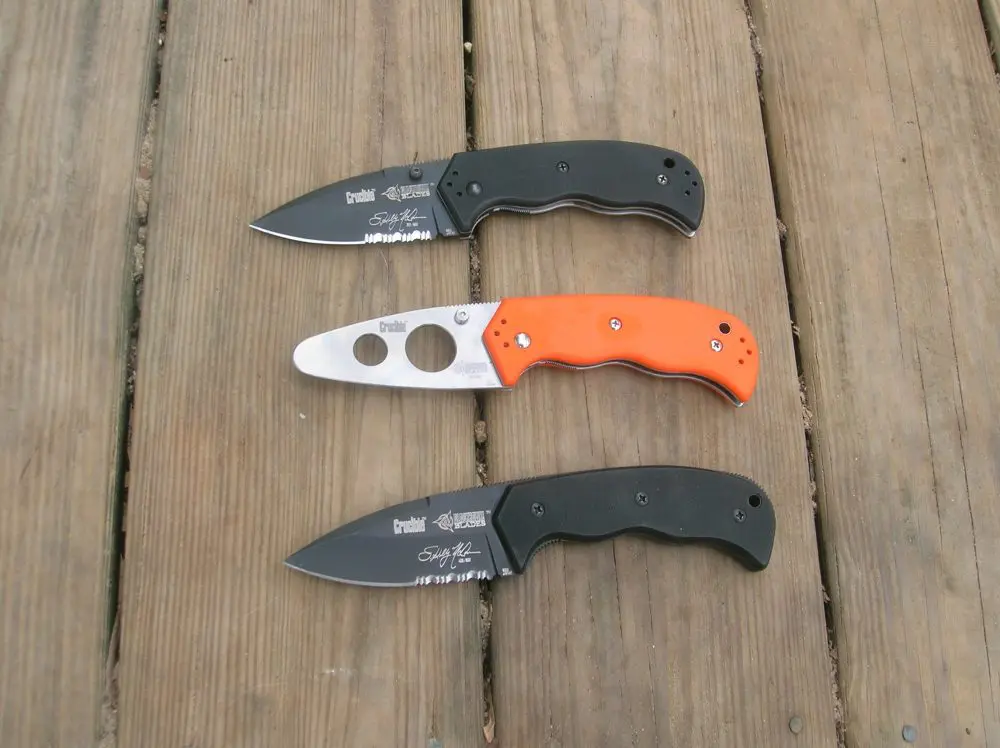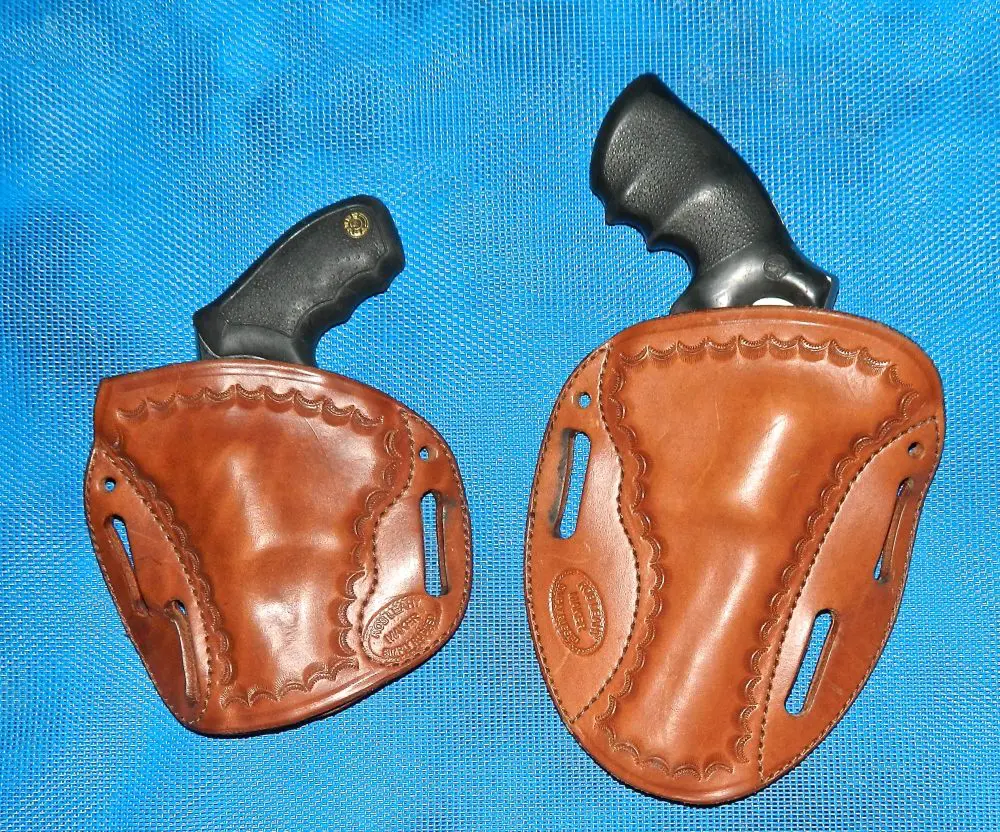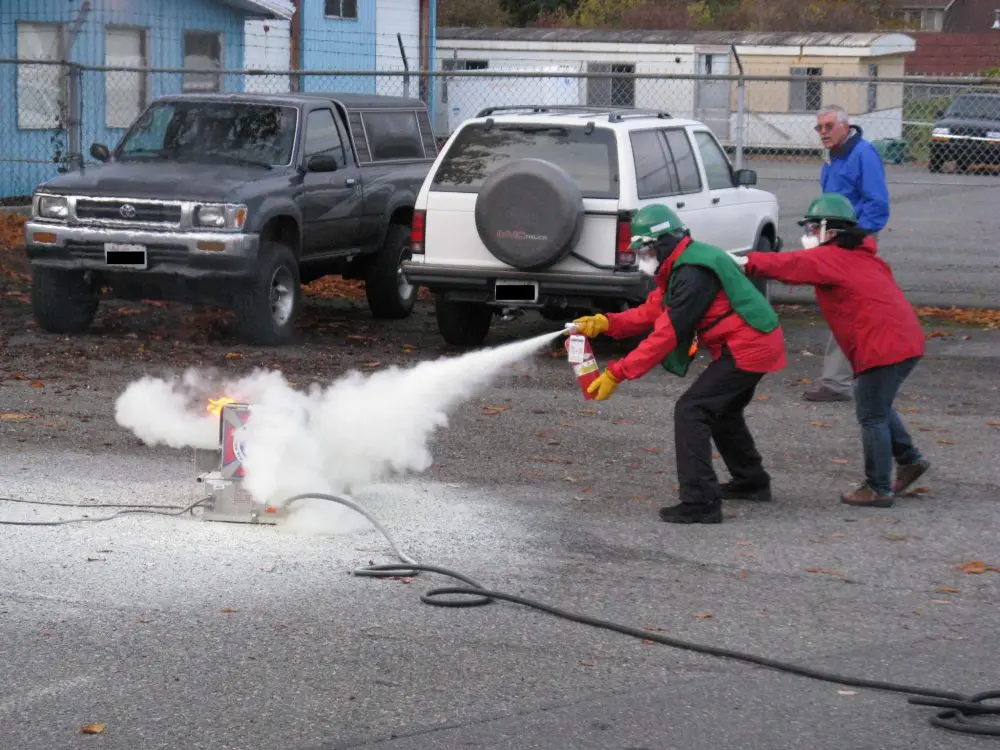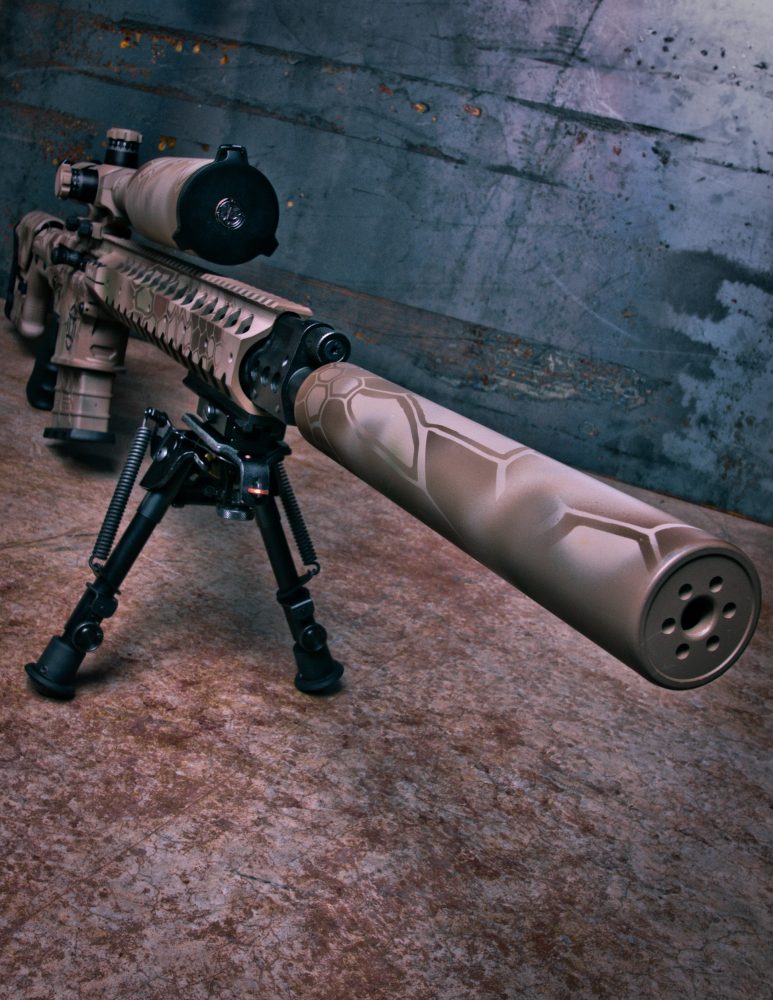
Silencer: A device designed to muffle the report of a firearm.
Suppressors, or silencers, also colloquially known as cans, have been around since the late 1800s. The first patented one came from Maxim in 1909. At the same time, Maxim also developed the muffler for gasoline engines—they share the same principles.
The hot gas leaving the muzzle is cooled and redirected through a series of baffles before hitting the cooler air outside the suppressor. The theory is simple, but building a quality, long-lasting “can” take a lot of work.
Table of Contents
FACTS vs OPINIONS
I’ve used suppressors many times over the years, and own several, but don’t really know much about them. Some say they change the point of impact, some say they don’t. Do they increase velocity or decrease it? Wet or dry? They beat the gun to death, they burn out if you shoot them too much, and they have to be cleaned regularly or they won’t work. True or false?
One bad thing about the Infernalnet is that everyone has opinions but might lack knowledge when they hit the send button. I decided to do some research and share what I found with S.W.A.T. readers, since many of you may have the same questions.
A gun makes noise from three sources: muzzle flash, sonic boom (ballistic crack), and mechanical noise, like the slide functioning. The first is controlled by cooling the gas leaving the muzzle, the second by subsonic ammunition, and the third by limiting the moving parts.
High Standard and Smith & Wesson both made auto-pistols that had a small lever to lock the slide. One example that would handle all three problems is a short bolt-action rifle in .45 ACP with a suppressor screwed to the muzzle.
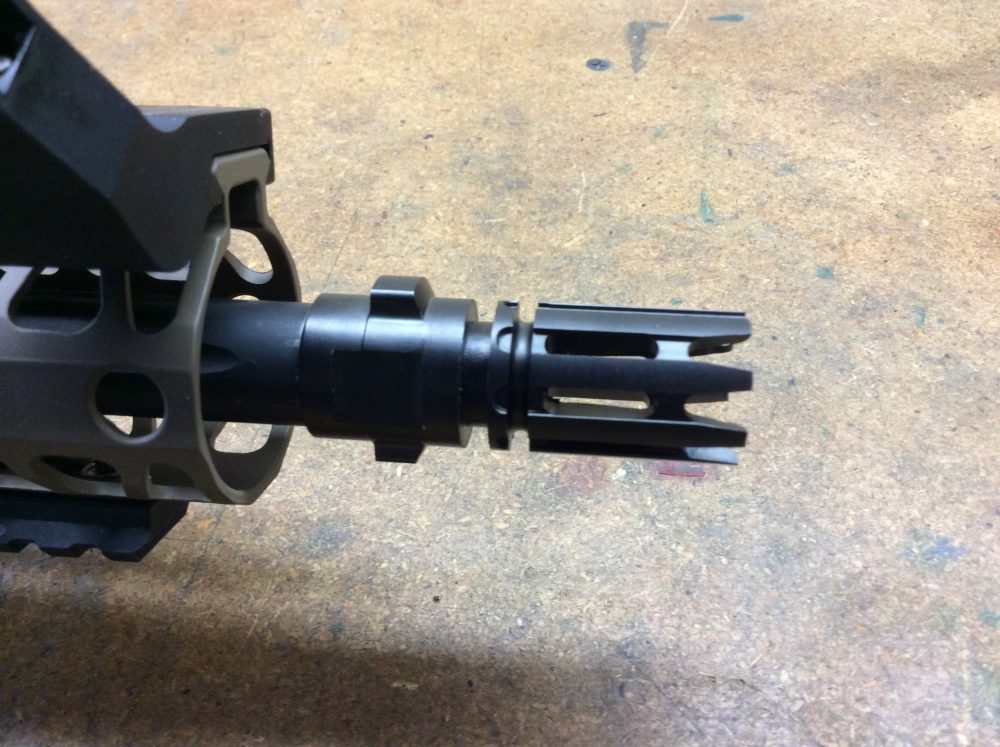
WHY USE A SUPPRESSOR?
Why would any person, whether police officer, private citizen, or soldier, need a suppressor? The first reason is to make the gun hearing safe. I hang around with a bunch of Vietnam combat vets, and “what” is a word I often hear. Gunfire and explosions with unprotected ears lead very quickly to permanent hearing loss. A police department I know sold the concept of suppressors by asking for “OSHA approved sound-reduction devices.” Works for me.
Another reason is stealth. The position of a shooter can be disclosed by the muzzle flash, or maybe a dust cloud, and by the loud report. If the world ever gets worse, survival poaching would be easier with a suppressor.
Limiting muzzle flash can be very important when working in any explosive atmosphere. From oil-field security to raiding a meth lab, a gunshot in vapor-filled air can really get sporty.
All of these things can be mitigated by a quality suppressor.
Suppressors are NFA devices, like machine guns, meaning they have to be purchased from a Class III dealer and a tax of $200 must be paid. Any competent machinist can make one, but do not violate state and federal laws by getting a non-registered suppressor! It is a felony offense punishable by ten years in a federal penitentiary. It’s not worth it.
Suppressors are readily available for almost any man-portable weapon, from .22 LR pistols to .300 Win Mag rifles to 240B machine guns. They come in all sizes, colors, and materials, and cost roughly $500 to $1,500.
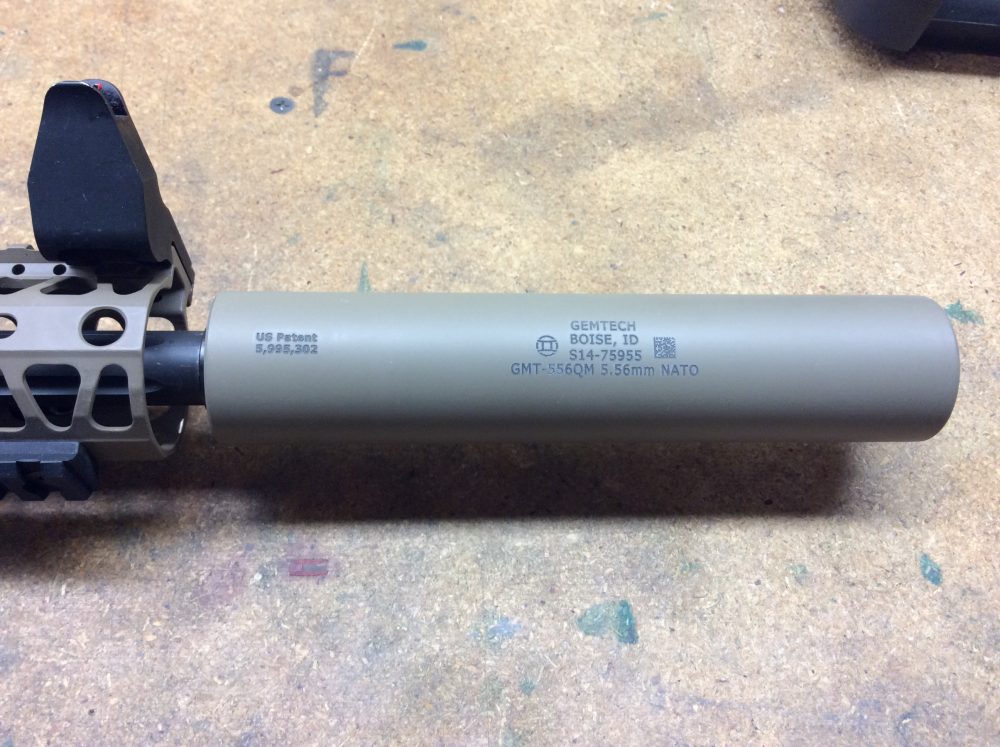
GEMTECH
While teaching in Boise, Idaho, I arranged a visit to Gemtech, which has been in business for over 20 years. It was founded by two guys who had owned another suppressor company. They and their engineers have decades of experience, having built, tested, and destroyed hundreds of models. Gemtech is a major player in the quiet guns world.
Many Gemtech employees are former paratroopers, Rangers, and SF folks, like Alexander Crown (AC), who took care of me when I got there. We loaded guns, suppressors and ammo into AC’s truck and headed to the range. I quizzed AC along the way. Casey Foster, the Special Projects guy, came along to keep us both honest.
With a suppressor attached, velocity rarely decreases but usually increases 10 to 30 fps in center-fire rifles. This is a result of the gas being contained in the can for additional time. Accuracy is not adversely affected, and some shooters report better accuracy with a silencer attached.
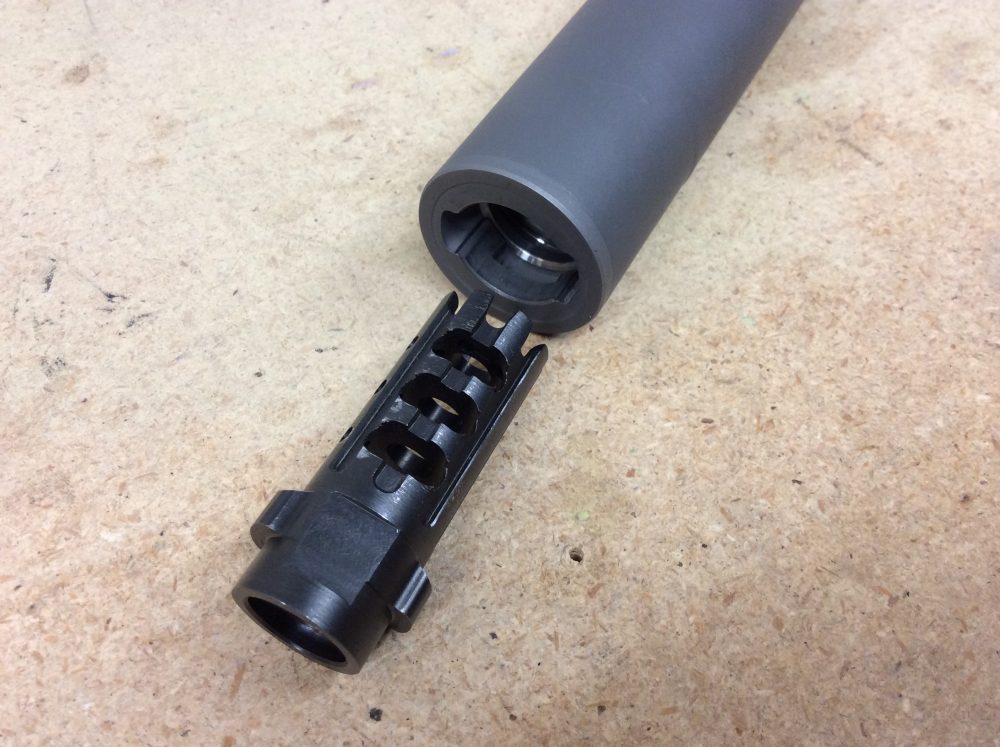
Mounting a suppressor is done either by threading it onto the barrel, often by removing the flash hider, or by a quick-detach system. Both men prefer the thread method because it is more positive. The back of the suppressor butts against the shoulder of the barrel, allowing a very clean interface. Do not use a crush washer! AC and Casey like to add a drop or two of red Loctite, tighten the can onto the gun, and leave it.
If you need to thread a heavy barrel, go to someone who specializes in the process. I used Tornado Technologies in Oregon and am very happy with the result.
The QD mount allows the can to be easily moved from one rifle to another. I have two LaRue .308 ARs: the OBR and the PredatAR. With QD mounts on each rifle, the Quicksand suppressor permits a quick transition between the guns. I can also put a 5.56 mount on my other PredatAR and use the Quicksand on it. More on this later.
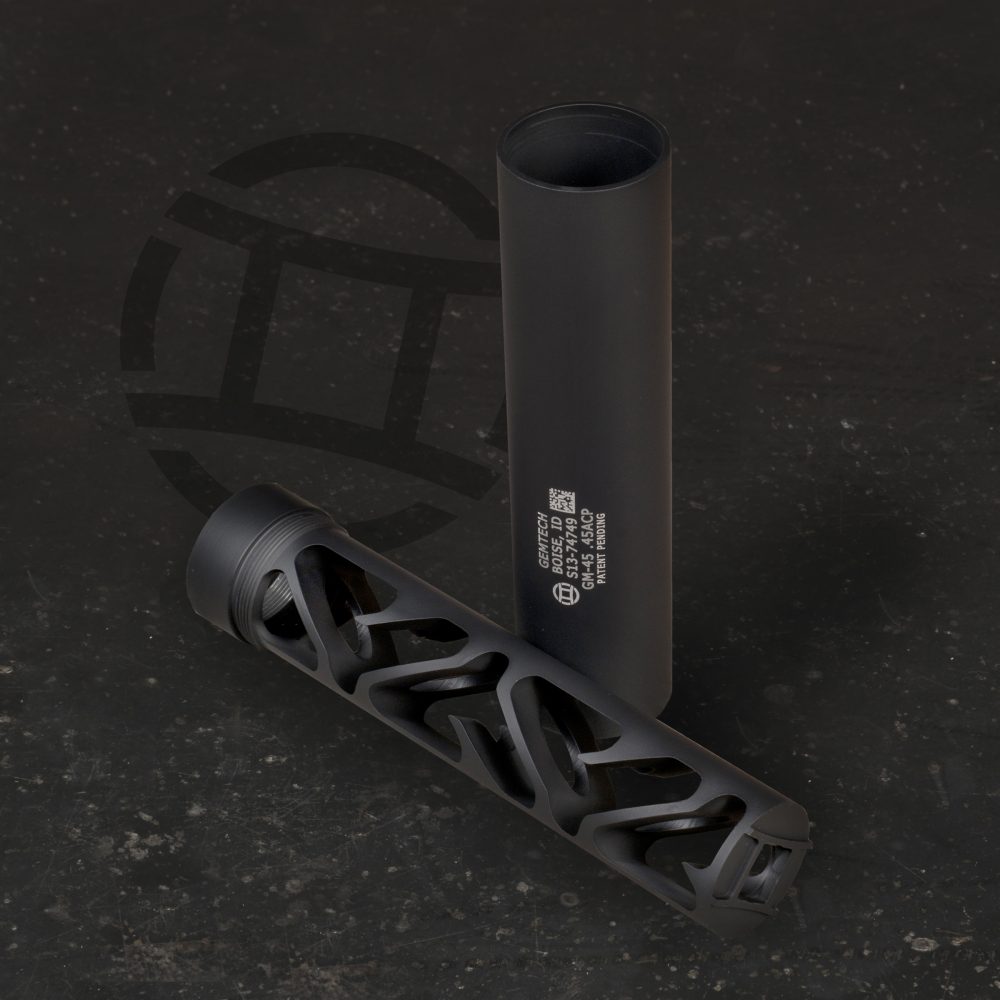
CONSIDERATIONS WITH SUPPRESSORS
The point of impact may shift when you change from suppressed to unsuppressed fire. Gemtech states that a three- to four-inch shift is expected and accepted. More shift than that may indicate an improper mount of the suppressor.
AC attributes this primarily to a change in barrel harmonics, as you are adding a significant amount of weight to the end of the barrel. A heavy-barreled rifle like my Remington 700 may show less—my POI shifts only one-half inch on that gun.
Continued use of a suppressor may beat up the gun a little. More gas is kept in the system, and it may slightly increase the cyclic rate. You may find the gun is dirtier, and the gas rings and buffer springs wear out faster. The simple fix is to add a heavier buffer and spring in any AR system, which should create a more harmonious outcome.
Some companies, like LaRue Tactical, offer models with a gas block that allows a switch from suppressed to non-suppressed without tools. If you plan to switch back and forth a lot, this may be a good choice.
It’s tough to burn out a modern suppressor. Gemtech figures the life of one of their suppressors is three barrel lives. Gemtech got back one suppressor that had 250,000 rounds through an Uzi, and it still worked. Most of us will never shoot out one barrel, so the can will last as long as you will.
The suppressor can get hot! A 5.56 may increase the internal temperature seven degrees per round, but it won’t burn out.
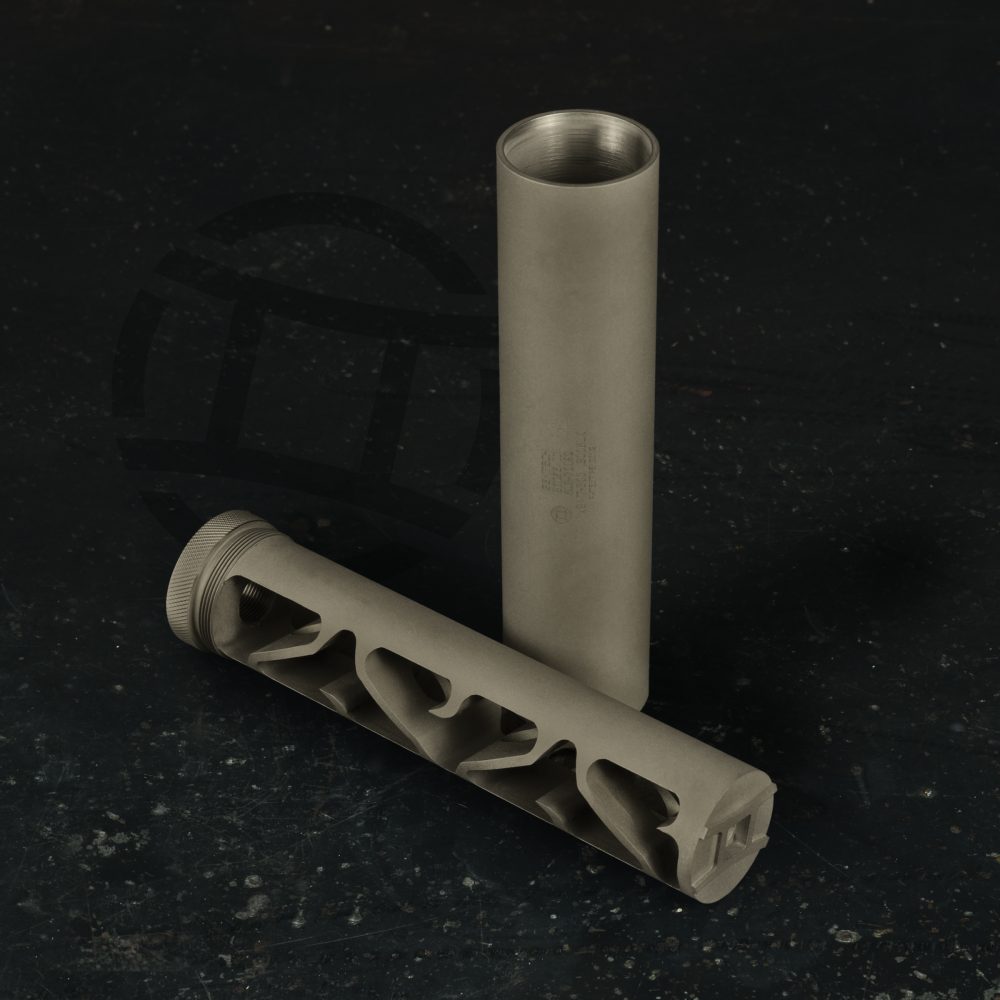
MAINTENANCE
Most suppressors don’t require a lot of maintenance—you’ll never need to clean a 5.56. Center-fire rifles mostly use fast, jacketed bullets, so there is little fouling. But keep the QD mount clean. Carbon builds up from the blow-back and hardens, which might cause a less-than-optimal mating when the suppressor is mounted. After firing, scrub it down with solvent and a brush like you would the gun.
Pistol cans, if they disassemble, should be taken apart and brushed with CLP after 500 rounds. Lots of shooters use lead reloads. Knock out the unburned powder and lead fouling so the baffles don’t lock up.
If it doesn’t come apart, soak it in a one-to-one solution of transmission fluid and mineral spirits, then blow it out with air. If you don’t have a compressor, use canned air like you use on your computer keyboard.
The piston at the rear of the suppressor is a moving part, and Gemtech supplies white lithium grease with your purchase. Take it apart and clean and lube the spring and buffer with the lithium grease.
The new Gemtech G-Core gas direction system is available in several models, like the GM-45, and eliminates most maintenance issues.
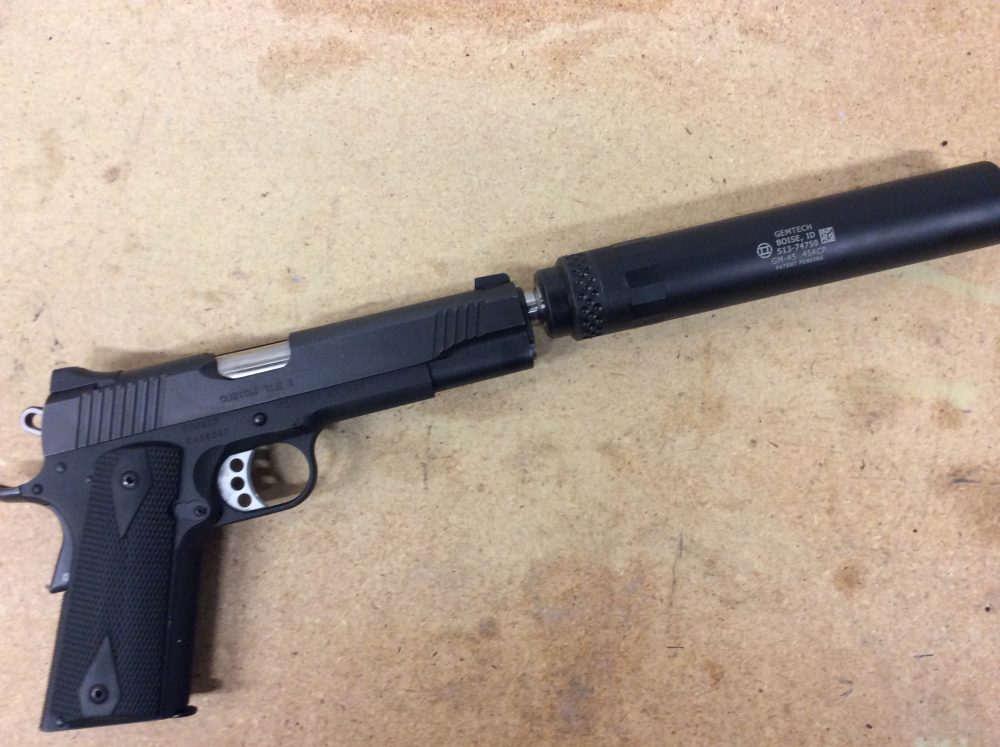
WET OR DRY?
The addition of liquid makes the first shot or two quieter before it burns off. A spoon or two of water works, but Gemtech prefers a little Vaseline on the baffles. The heat vaporizes the liquid and removes air from the inside of the suppressor, but it burns off after a round or two. If the relative sound of the first round is critical, a little moisture can help.
A quality suppressor of .30 caliber can be used on smaller calibers, but not the other way around. Your .308 can will work on .270, 6.8, .243, 5.56, and down to .22LR. If you use your 5.56 on a .22, shoot 20 to 30 rounds of .223 afterward to blow out the crap.
If you have a sound meter, you may record more sound if a .223 is shot out of a .308, or a 9mm out of a .45 suppressor, due to the size of the exit hole, but my ear can’t tell a bit of difference.
I was able to shoot a dozen platforms and a dozen suppressors, and was particularly impressed with the QD system. It has a very positive lock system that comes back to the same point each time, ensuring a clear path for the bullet. I’ve decided to buy a Quicksand model so I can quiet down the three LaRues.
SHOOTING SUPPRESSED
So, you buy a suppressor and wait the seven or eight months it takes to get your tax stamp. You take your new device to the range, unscrew the flash hider, and screw the suppressor onto the muzzle. Before you crank off a round, take out the bolt group and look down the bore from the rear.
You should see a round hole—if you see anything else, like a half-moon shape, you are not properly aligned, so don’t shoot. Dismount the suppressor and try again, or you’ll run the risk of a baffle strike, which can harm you and the can. Do the same if you use a QD mount.
I was impressed with the quality and sound reduction of the Gemtech suppressors, which are the only things they build. I was also grateful that Gemtech staff took time out of their busy day to answer my questions, for myself and for S.W.A.T. readers. The guys I worked with were quick to point out there are several quality suppressor manufacturers, but they have great faith in Gemtech’s products.
After seeing how they are built and how they work, I do, too.
Jeff Hall is an Army veteran, retired Alaska State Trooper lieutenant, and NRA staff instructor. He also teaches for several state POST agencies. He is a martial arts grandmaster and founder of Hojutsu-Ryu, the martial art of shooting. He can be reached at [email protected].
SOURCES
GEMTECH
(208) 939-7222
www.gem-tech.com
LARUE TACTICAL
(512) 259-1585
www.laruetactical.com
TORNADO TECHNOLOGIES LLC
(503) 690-8000
www.tornado-technologies.com


